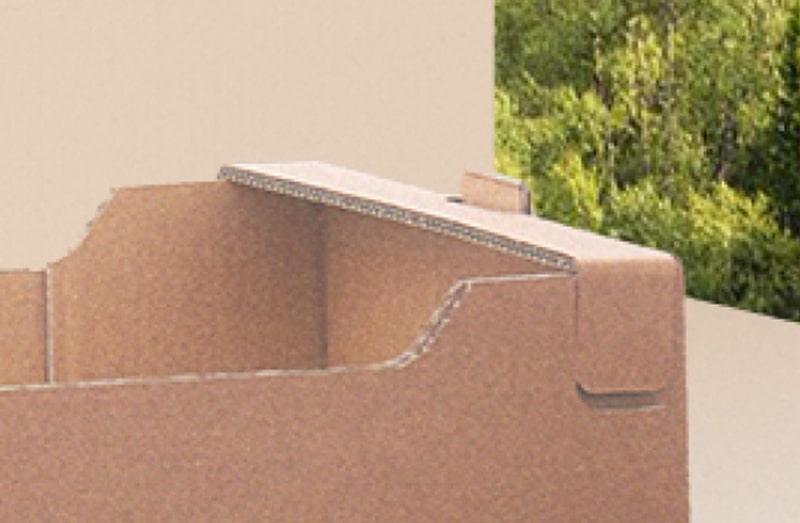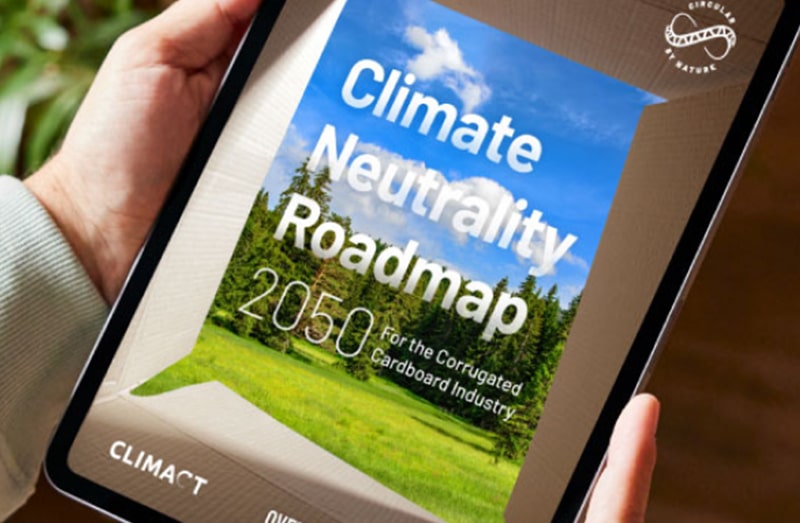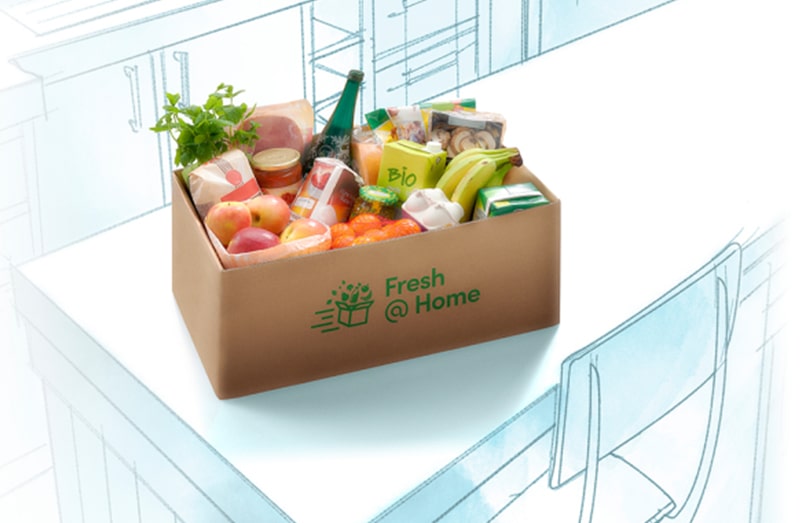Cardboard: a benefit to society,
the economy, and the planet
Most people interact with corrugated cardboard on a daily basis. The material protects goods of all types as they travel around the globe and are delivered to our doorsteps. Though the brown box might appear humble, it brings immense and essential value to our society, economy, and planet in ways that might surprise you.
Scroll down for an explainer video, policy recommendations, and a deep dive into the unintended consequences of reuse.
Policy Asks
The corrugated industry supports the EU Commission's aim to reduce packaging waste and achieve complete alignment with the EU Green Deal. Read below about measures that could strengthen the Packaging and Packaging Waste Regulation further and find out how they could accompany the transition towards a European circular economy.
Unintended Consequences of Reuse
Despite its good intentions, the PPWR may have unintended consequences. There are high chances that the reuse provisions on transport packaging would increase the negative impact of packaging on the environment, going against the objectives of the regulation itself and the spirit of the Green Deal.

Increased need for storage space
Reuse systems require the storage of empty packaging, which is less space efficient and takes up more storage than cardboard packaging. Imagine the extra space needed at every production facility and warehouse across the supply chain.

Extra transport requirements
Reusable packaging needs to be returned after use. This means more trucks on the road simply transporting empty packaging and will lead to increased road congestion and higher CO2 emissions.

Increased hygiene risks for fresh produce
Reusable packaging must be washed between each use, which could increase water consumption. Corrugated cardboard does not require washing, and it also helps prevent loss and food waste.

Increased dependency on fossil-based resources
Reuse targets favour plastic packaging over corrugated by default. The corrugated industry estimates that to replace corrugated cardboard transport packaging, the plastics industry will need to produce an additional 12m tons of plastic—almost twice the amount of plastic packaging on the market today.
Communication Materials
For delicate products like fresh produce, reuse is neither a realistic nor a sensible option. Renewable cardboard offers the perfect solution: a packaging material that's hygienic and protective that also cushions what it contains.
Visit the Position Papers sectionReusable solutions require empty packaging to be returned to a warehouse between uses for washing and reconditioning. This means tens of thousands of additional trucks on the road simply transporting empty crates, exacerbating traffic congestion, and increasing CO2 emissions.
Visit the Recyclable vs Reusable Packaging Project pageThe side effects and unintended consequences of reuse are significant. Cardboard on the other hand offers a clean box that's fit-for-purpose, strong and protective. Once it is used, it is recycled and given a new life—again and again.
Read the White paper "A critical view on packaging recycling and reuse in the European Circular Economy"Reuse and recycling should be seen as complementary. At times, the needs of the supply chain demand one option over the other. The opposite is also true. Any new policy should champion renewable materials and fit-for-purpose solutions.
Read the White paper "A critical view on packaging recycling and reuse in the European Circular Economy"Logistics matter. Adding extra steps, such as washing or extended transport distances, could increase emissions. These facts must be taken into consideration as policymakers reshape Europe's policy landscape for packaging and packaging waste.
Read the Hot-spot Analysis Of E-Commerce Logistic ChainShifting to reuse does not guarantee better environmental outcomes. For instance, even if the average fossil-based crate is used 24 times, it still has a substantially higher carbon footprint than cardboard.
Visit the Recyclable vs Reusable Packaging Project pageCorrugated trays that are used then recycled are far more environmentally friendly than fossil-based crates. In fact, a plastic crate would need to be reused 63 times to outperform cardboard when it comes to climate impact.
Visit the Recyclable vs Reusable Packaging Project pageCardboard outperforms fossil-based packaging in many key environmental impact categories, including resource and water consumption.
Visit the Recyclable vs Reusable Packaging Project pagePosition papers
Explore FEFCO's latest
positions on key topics



